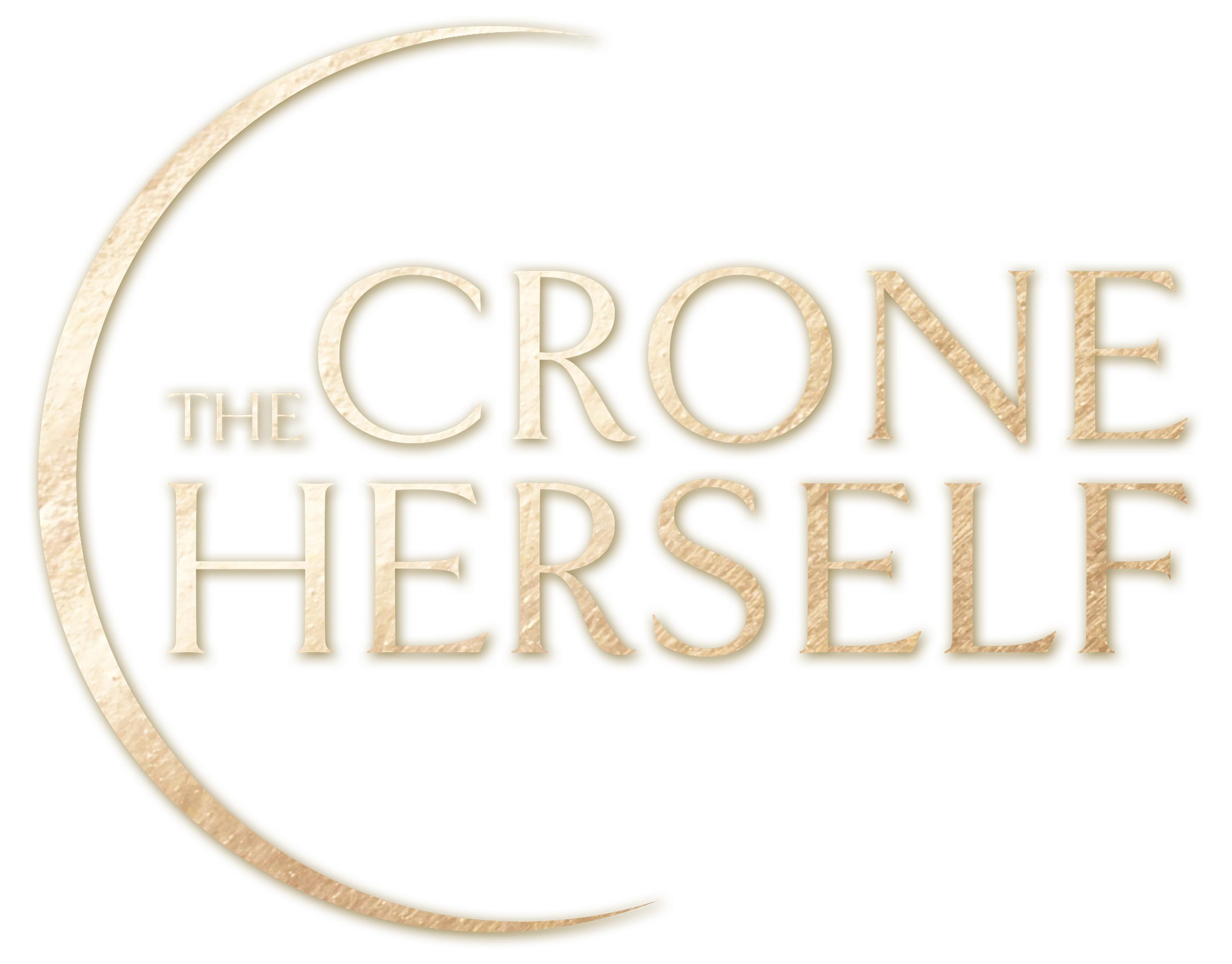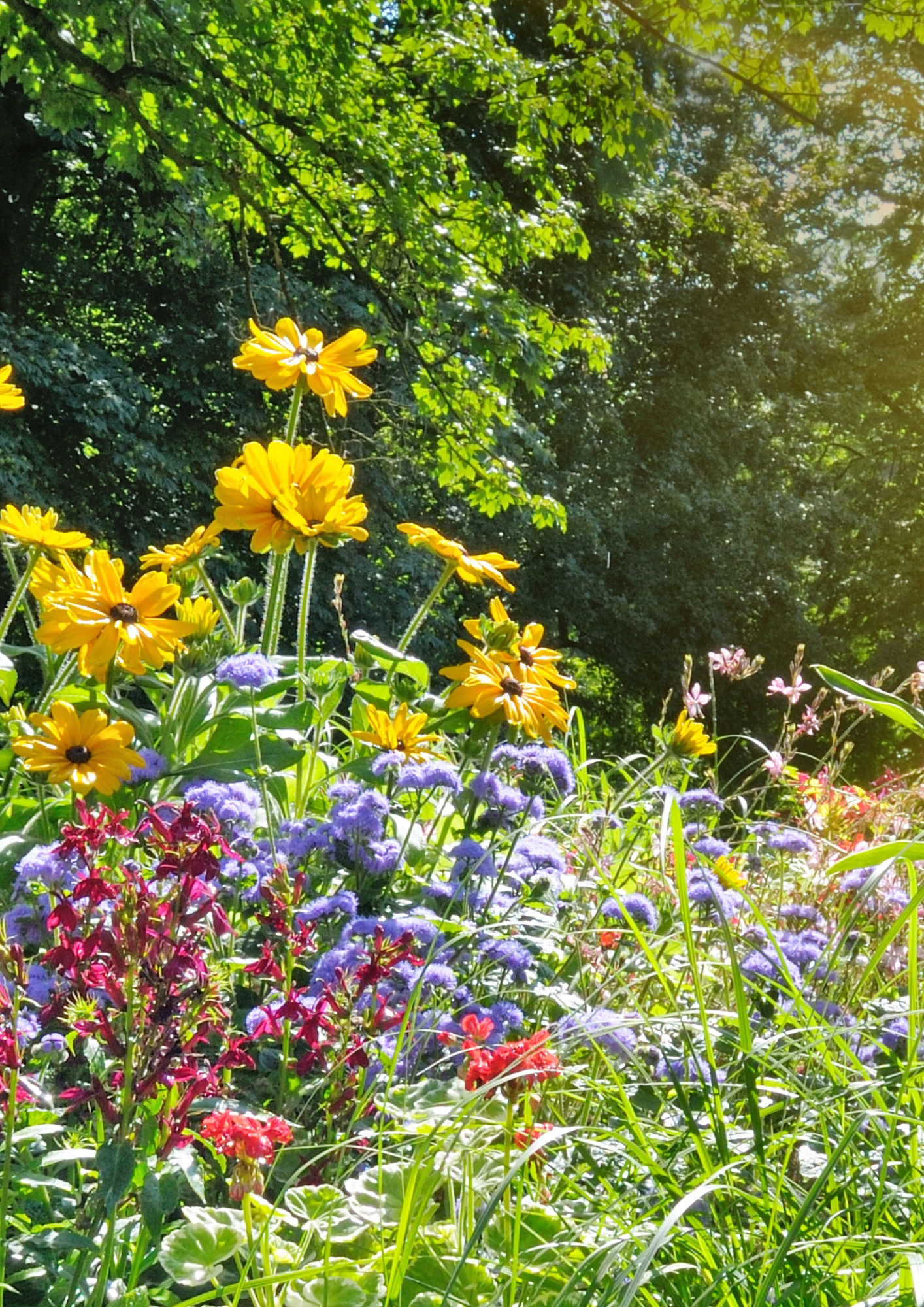WHEEL OF THE YEAR
Lammas
What is Lammas?
Sometimes referred to as “Lugnasadh,” (pronounced LOO-nahs–ahhd), Lammas is the cross-quarter day–or mid-point–between Summer Solstice and Autumn Aquinox. It’s also called “First Fruits,” after the early harvest of fruits, grains, and vegetables. It’s often associated with the Celtic Sun God, Lugh (pronounced loo), but this time belongs to all solar, grain, and harvest Gods and Goddesses. It’s a time of feasting, giving thanks for the abundance of the earth, and community gathering before the bulk of bringing in (and preserving) the harvest begins.
The Crone Herself honors these old, ancestral traditions, while encouraging us to understand the land, climate, and culture we currently live in. Developing a more personalized, hyper-local, and culturally relevant approach to marking the Wheel Year’s seasonal shifts helps us celebrate in meaningful ways during intersecting global crises. We honor the ancestors and become the bridge between them and our descendants.
Symbols of Lammas
At Lammas time, the sun (in the northern hemisphere) beams its slanting golden light upon the earth. We notice our day-lit hours becoming shorter. We are inundated with fresh berries, peaches, zucchini, summer squash and other early vegetables. We might notice the first tinges of gold on the tips of leaves. While we luxuriate in what remains of summer, we feel its end approaching.
Humans have always been enchanted by the seasonal shifts, creating ceremonies and celebrations to mark them. At this time of year, our Ancestors who lived in agricultural societies, were harvesting the first grain, baking the first bread, and celebrating the abundance of summer’s growth together.
The word Lammas comes from the Catholicized version of these celebrations, and translates roughly, as “loaf-mass,” or the Mass of Loaves.
Pay attention to the natural world around you. What are the sights, sounds, and symbols of Lughnasadh where you live? How do you honor this seasonal shift in your solitary practice or community celebrations? What is coming to fruition and ripeness in your life? What do you give thanks for?
Colors of Lammas
Green, Gold, Yellow
Gold and Yellow are prevalent in nature and the garden–the color of the Sun, black-eyed susans, sunflowers, corn, summer squash flowers and fruits, and grains ripe for harvest in the fields. These are backgrounded by the still green foliage on the trees which, in just a few weeks, will begin to lose their chlorophyl and begin showing their fall colors.
Meditations for Lammas
Lammas is a celebration of the mid-to-end of Summer. During this Season, we celebrate the abundance of the earth, the warm days that last late into the evening. Meditations during this time can focus on themes of abundance, connection to nature, personal growth, and gratitude for life’s sweetness. It’s a time for counting blessings, and giving thanks for the work of the Wheel of the Year coming to fruition.
In your meditations during this Season, notice how these themes from nature, and human activity, are relevant in your life. It’s always appropriate to meditate on gratitude, abundance, hope, and sweetness for your life.
Music for Lammas
I always have a play-list on Spotify for the Sabbats. Here’s mine for Lammas! Enjoy!
Lammas Recipes
However you celebrate Lammas, your feast should include freshly baked bread and an array of fresh harvested fruits and vegetables.
Easy Artisan Bread
3c all purpose flour
1 tsp salt
1/2 tsp yeast
1.5 c warm water
Whisk dry ingredients together in a bowl. Slowly add and integrate the water using a wooden or silicon spatula. The dough will come together, appearing shaggy and dry. If it appears too dry, add up to another 14 c warm water, a little at a time.
Cover the bowl with plastic wrap or a tea towel. Let rest for 8-12 hours.
Preheat oven to 450F. Place an empty high-sided pan in the oven while it heats.
Turn the dough out onto a well floured surface or parchment. Gently form a ball. Do not need or over-handle the dough.
If using parchment, place it and the dough ball into the preheated pan. Or, just lift gently from the floured surface and place in the pan.
Make an X in the top of the dough-ball with a sharp knife.
Bake covered for 30 minutes. Then, uncover and bake an additional 15 minutes. Bread will be golden with a hard crust.
Optional: You can add herbs to the dough when first making it. I like to sprinkle coarse sea salt or kosher salt on top when I uncover it in the oven.
Serve warm with butter, and fresh berry jam. Serving with a fresh herbed butter is also nice!
Mixed Grille
This is such a simple, quick way to prepare the bounty of the season!
Slice lengthwise 1 zucchini squash, 1 summer squash, 1 red onion. Place in a BIG bowl.
Sprinkle liberally with course sea salt, fresh ground black pepper, a clove or two of minced garlic, and a handful of minced fresh basil leaves.
Toss these to coat evenly. Then liberally add good olive oil–mixing to coat, but not drenching or drowning the vegetables.
Place everything in a grill pan in your hot, heated grill. Toss two or three times over 15 minutes. Vegetables will be very slightly charred, soft, sweet and delicious.
Everything Salad
Like the Mixed Summer Vegetables, above, I do this by “eye,” not by measurement. This season usually finds my fridge and counters loaded with fresh fruit and veg, leftover bits of grilled meat.
Start with a big salad bowl with an abundant amount of leafy mixed greens, thinly sliced red onions tossed in it.
Add berries, corn from the cob, sliced peaches and tomatoes and cucumbers. Next, add Shredded/julliened zucchini, summer squash, radishes and whatever else you like! Don’t be shy. It all comes together like a beautifully, delicious garden in your bowl. If you’ve got leftover cooked meat, fish, tofu, or seitan, toss it in there!
My favorite dressing for this salad is Lilly’s Poppy Seed. It’s sweetness pairs nicely with the flavors and textures in this Everything Salad.


